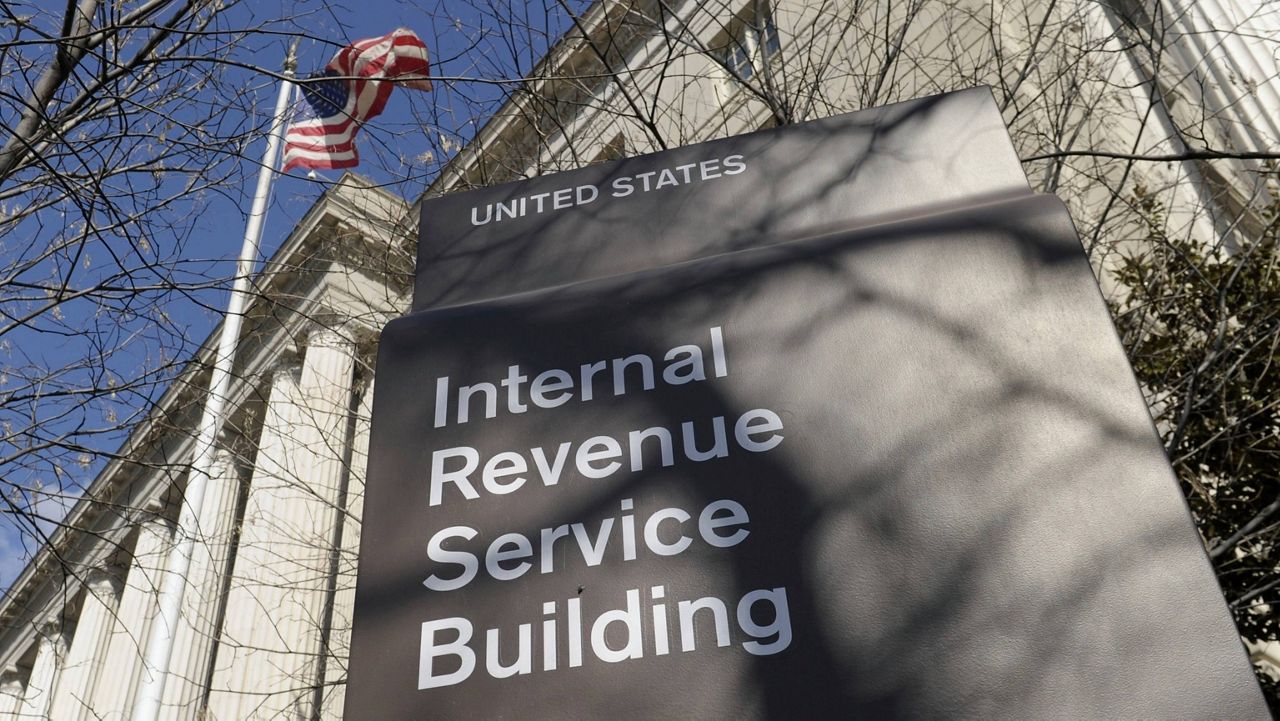SANFORD, N.C. — As more people start to travel again, the future is looking brighter for airlines. However, they’re still facing staffing challenges, specifically when it comes to pilots, and that can mean a limited number of flights.
Airlines are facing staffing shortages, specifically with pilots, as more people decide to travel again
A North Carolina flight instructor believes early retirements during the pandemic and high costs for training are factors
A pilots' union says there are 1.5 qualified people for every opening and attributes the shortage to other issues
“We have a desire to see the world from that perspective, and there’s no better way than an airplane,” said George Scheer, the chief flight instructor at Wings of Carolina Flying Club.
Soaring through the sky offers an unparalleled point of view. Scheer has been a flight instructor for more than three decades.
“Tried the military route in about 1969, and that didn’t work out. The flying club existed at the Chapel Hill airport at that time, and I became aware of them and learned to fly through the flying club back in the mid to late '70s,” Scheer said.
He says anyone can learn to fly, and he teaches people at all levels. Recently, he’s heard a lot of talk about a pilot shortage.
“It’s always a combination of things. There was a shortage before the pandemic, but then the pandemic left airlines with a payroll of pilots that were very expensive. It’s a major cost for an airline. They had no flying. Exaggeration but flying dropped 30% or 40%,” Scheer said.
High-paid experienced pilots were offered early retirements, but that’s left a hole now that airlines are busy again. Scheer also says there’s not an immediate return on the time and money invested by a student.
“Flight training is expensive. Even though they’re continually reducing requirements to move on to an airline flight job, you will still spend north of $100,000 just getting qualified for that first job,” Scheer said.“Flight training is expensive. Even though they’re continually reducing requirements to move on to an airline flight job, you will still spend north of $100,000 just getting qualified for that first job,” Scheer said.
Scheer also says members of the military who learned to fly often transition to jobs as commercial pilots when they leave the service. However, he says the military is keeping those members longer, and they’re not training as many people as they used to.
Scheer believes diversifying the industry could also help fill jobs.
“We need more women in aviation. Five percent of American airline pilots are women, and that’s just a hugely untapped resource,” Scheer said.
He says the industry is cyclical, and as it works itself out he’ll continue teaching future pilots what it takes to soar with the hope that they’ll never want to touch the ground again.
“The flying job has advantages and disadvantages, but you can’t beat the view. It’s the corner office on the world,” Scheer said.
Spectrum News 1 also reached out to the Air Line Pilots Association (ALPA) to get a response to this situation. ALPA said there are actually 1.5 qualified people for every job opening. The union blames poor benefits and pilots not wanting to work for companies that accept fewer training hours out of concern for safety.








